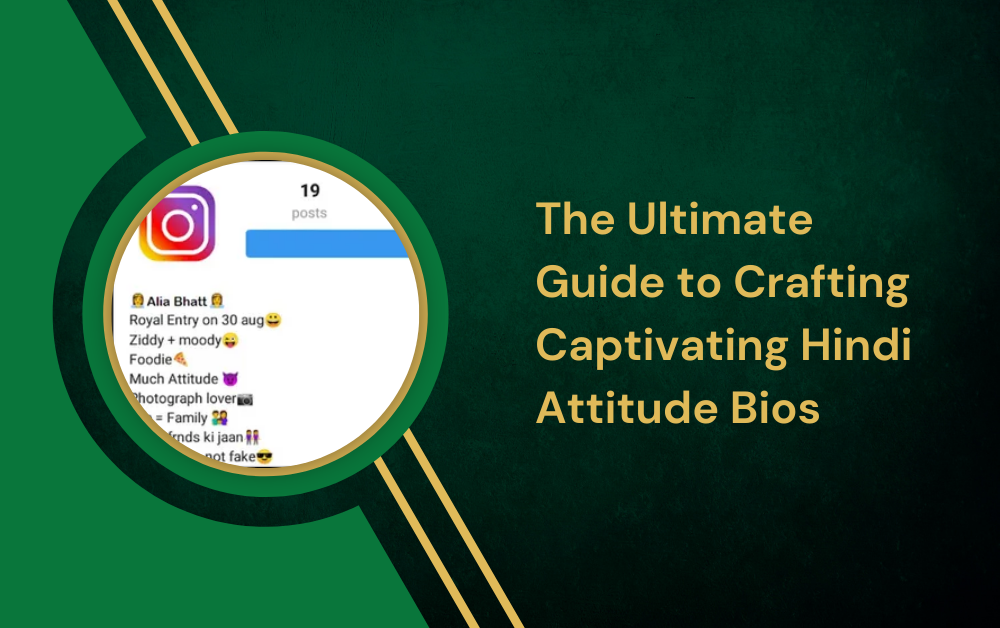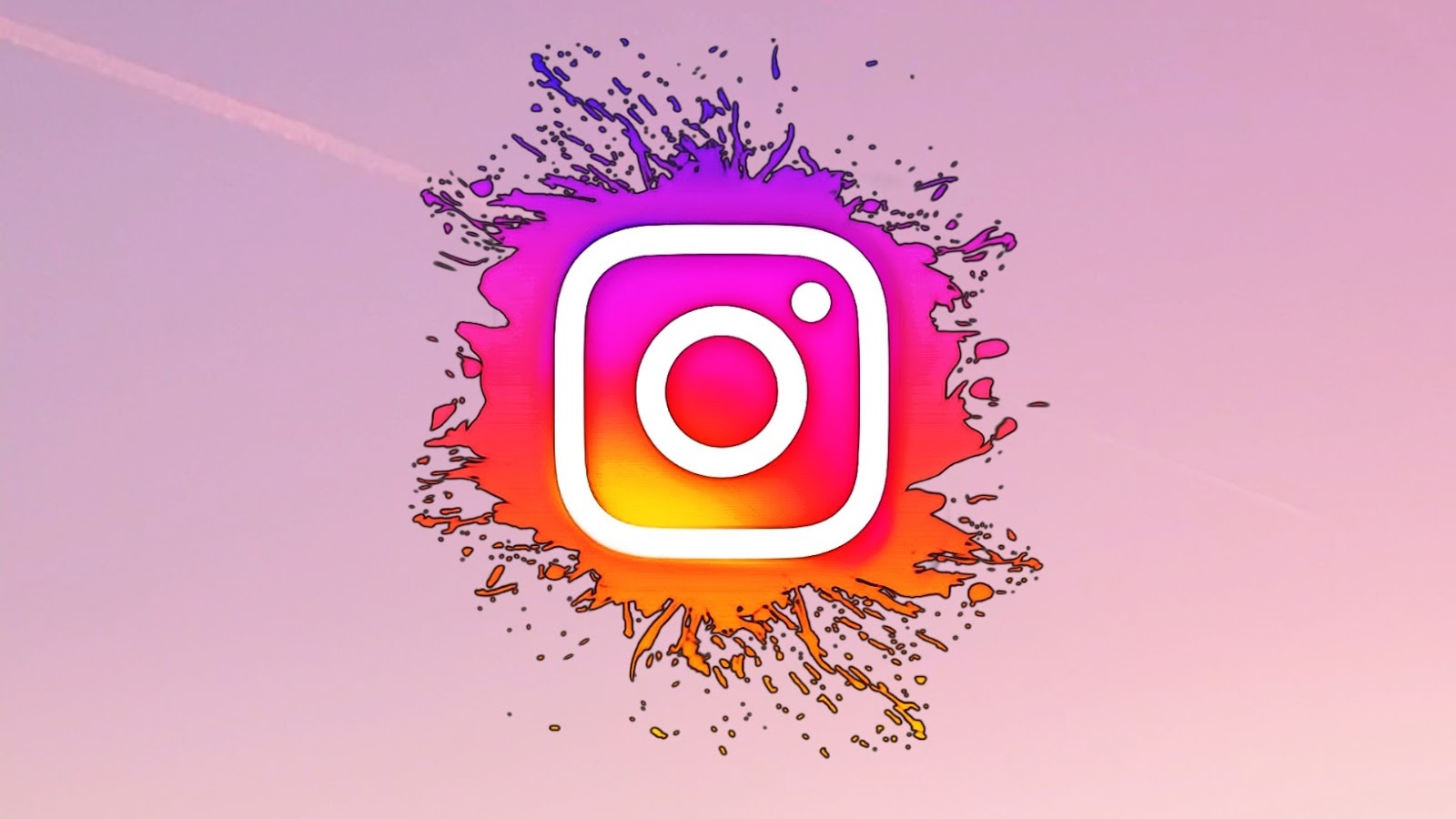
Gujarati Kankotri designs are known for their intricate artistry and vibrant colors. These traditional wedding invitations reflect the cultural values and artistic heritage of Gujarat. From their historical roots to modern-day adaptations, Kankotris have evolved while maintaining their traditional essence.
History and Significance of Kankotri
The tradition of Kankotri, or wedding invitations, dates back centuries in Gujarat. Historically, they were handwritten on auspicious days by the family priest. The Kankotri not only served as an invitation but also conveyed the blessings and good wishes of the family to the guests. Over time, these invitations have evolved into beautiful pieces of art that embody the cultural and spiritual significance of the wedding ceremony.
Elements of a Traditional Gujarati Kankotri
A traditional Gujarati Kankotri typically includes several key elements:
- The Invitation Text: Written in Gujarati, often with Sanskrit verses.
- Religious Symbols: Images of gods and goddesses, swastikas, and Om symbols.
- Decorative Borders: Intricate designs that frame the text.
- Colorful Artwork: Use of bright, auspicious colors like red, yellow, and green.
Types of Kankotri Designs
There are various types of Kankotri designs, each unique in its own way:
- Hand-painted Kankotris: Featuring traditional hand-painted designs.
- Printed Kankotris: Modern printed versions that can be customized.
- Engraved Kankotris: Made with metal or wood, featuring intricate engravings.
Color Symbolism in Kankotri Designs
Colors play a significant role in Gujarati Kankotri designs. Each color has a specific meaning and purpose:
- Red: Symbolizes love and passion.
- Yellow: Represents happiness and prosperity.
- Green: Denotes fertility and new beginnings.
- Gold: Signifies wealth and grandeur.
Materials Used in Making Kankotris
Traditional Kankotris are made from a variety of materials, each adding a unique touch to the invitation:
- Paper: High-quality, textured paper.
- Cloth: Silk or satin for a luxurious feel.
- Metal: Engraved brass or copper for an opulent look.
- Wood: Carved wooden invitations for a rustic charm.
Popular Motifs and Patterns
Gujarati Kankotri designs often feature popular motifs and patterns:
- Peacocks: Symbolizing beauty and grace.
- Lotus Flowers: Representing purity and divinity.
- Paisleys: Indicative of fertility and growth.
- Mandala Patterns: Reflecting the universe and spirituality.
Modern Trends in Kankotri Designs
While traditional designs remain popular, modern trends are also emerging:
- Minimalistic Designs: Simple yet elegant designs.
- Fusion Styles: Combining traditional elements with modern aesthetics.
- Digital Kankotris: Eco-friendly and easily shareable via email or social media.
Choosing the Perfect Kankotri Design
Selecting the perfect Kankotri design involves considering several factors:
- Theme of the Wedding: The design should complement the overall theme.
- Personal Preferences: Reflecting the couple’s taste and personality.
- Budget: Ensuring the design fits within the allocated budget.
How to Personalize Your Kankotri
Personalizing your Kankotri can make it more special and meaningful:
- Custom Artwork: Incorporating personal symbols or family crests.
- Personal Messages: Adding heartfelt notes or poems.
- Photographs: Including pictures of the couple or family.
Tips for Ordering and Sending Kankotris
Here are some tips to ensure your Kankotris are ordered and sent without any hitches:
- Order Early: To avoid last-minute stress and ensure timely delivery.
- Double-Check Details: Ensure all the information is accurate.
- Proper Packaging: Protect the invitations during transit.
Maintaining Tradition with a Modern Touch
It’s possible to honor tradition while embracing modern elements:
- Hybrid Designs: Merging traditional motifs with contemporary styles.
- Modern Fonts: Using stylish fonts that still retain a traditional feel.
- Digital Options: Offering both physical and digital invitations.
Eco-Friendly Kankotri Options
For environmentally conscious couples, eco-friendly Kankotri options are available:
- Recycled Paper: Using paper made from recycled materials.
- Seed Paper: Invitations that can be planted to grow into plants.
- Minimalist Designs: Reducing waste by using fewer materials.
Cost Considerations
The cost of Kankotris can vary widely based on several factors:
- Material Used: More luxurious materials like silk or metal will be more expensive.
- Complexity of Design: Intricate, hand-painted designs will cost more.
- Quantity Ordered: Bulk orders might be eligible for discounts.
Conclusion and Final Thoughts
Traditional Gujarati Kankotri designs offer a beautiful way to invite guests to your wedding. They blend cultural heritage with artistic expression, creating invitations that are not only visually stunning but also deeply meaningful. Whether you choose a traditional design or a modern twist, Kankotris can set the perfect tone for your special day.






